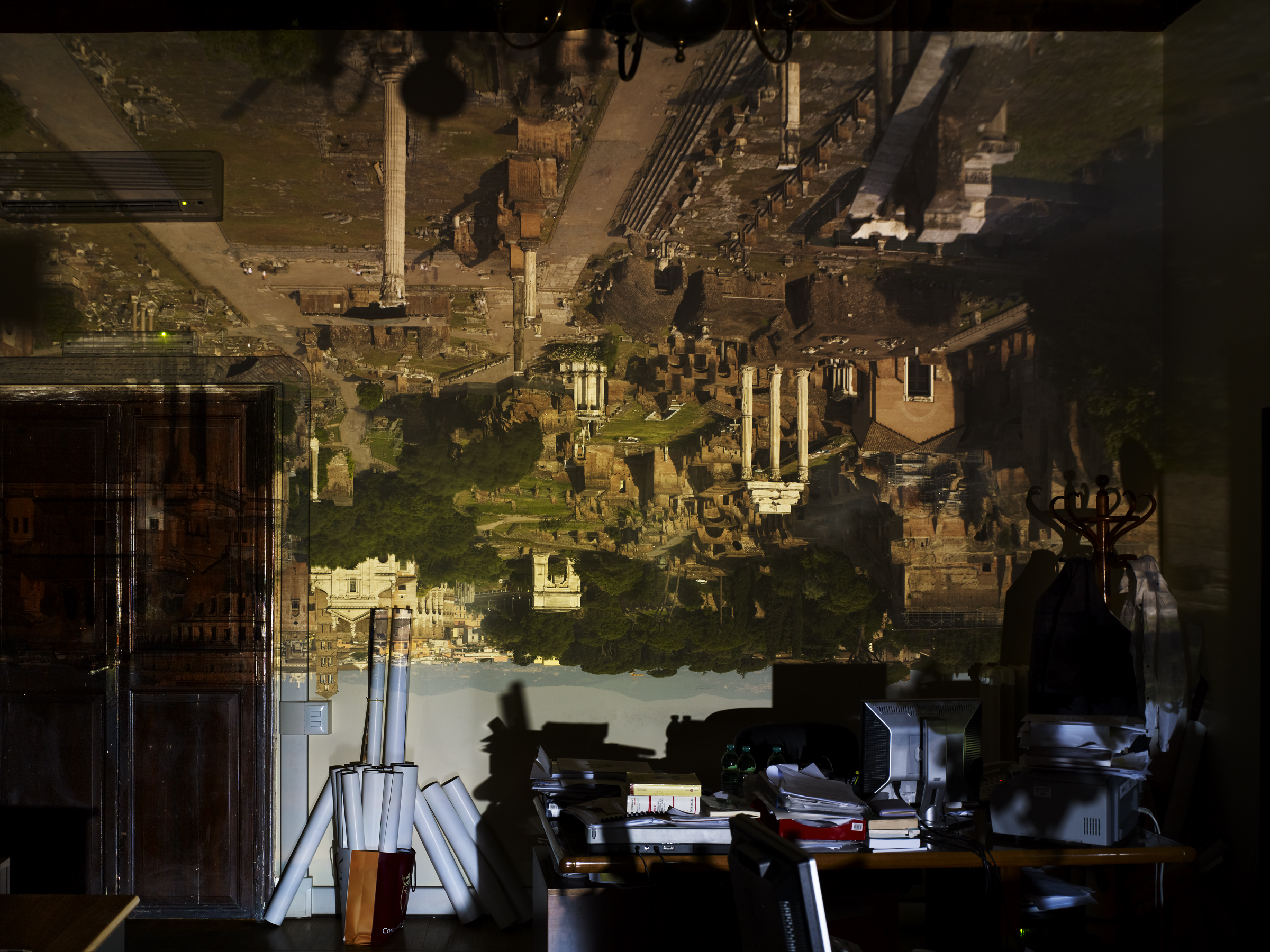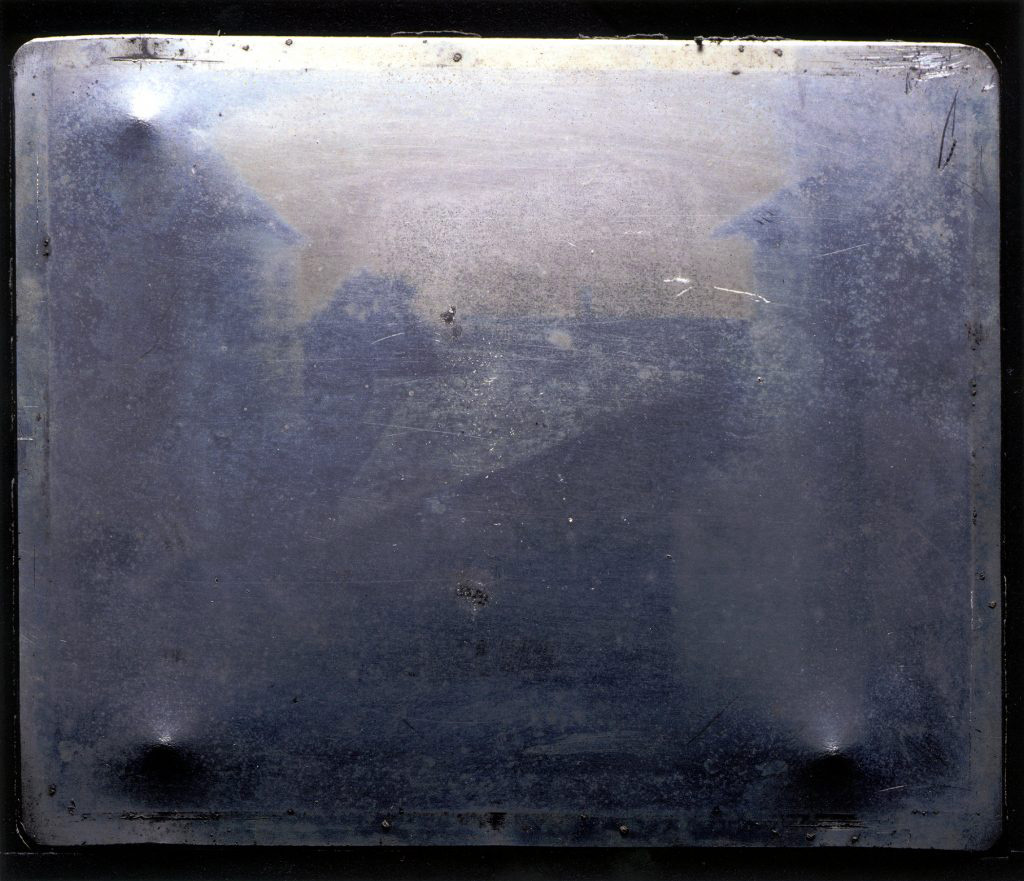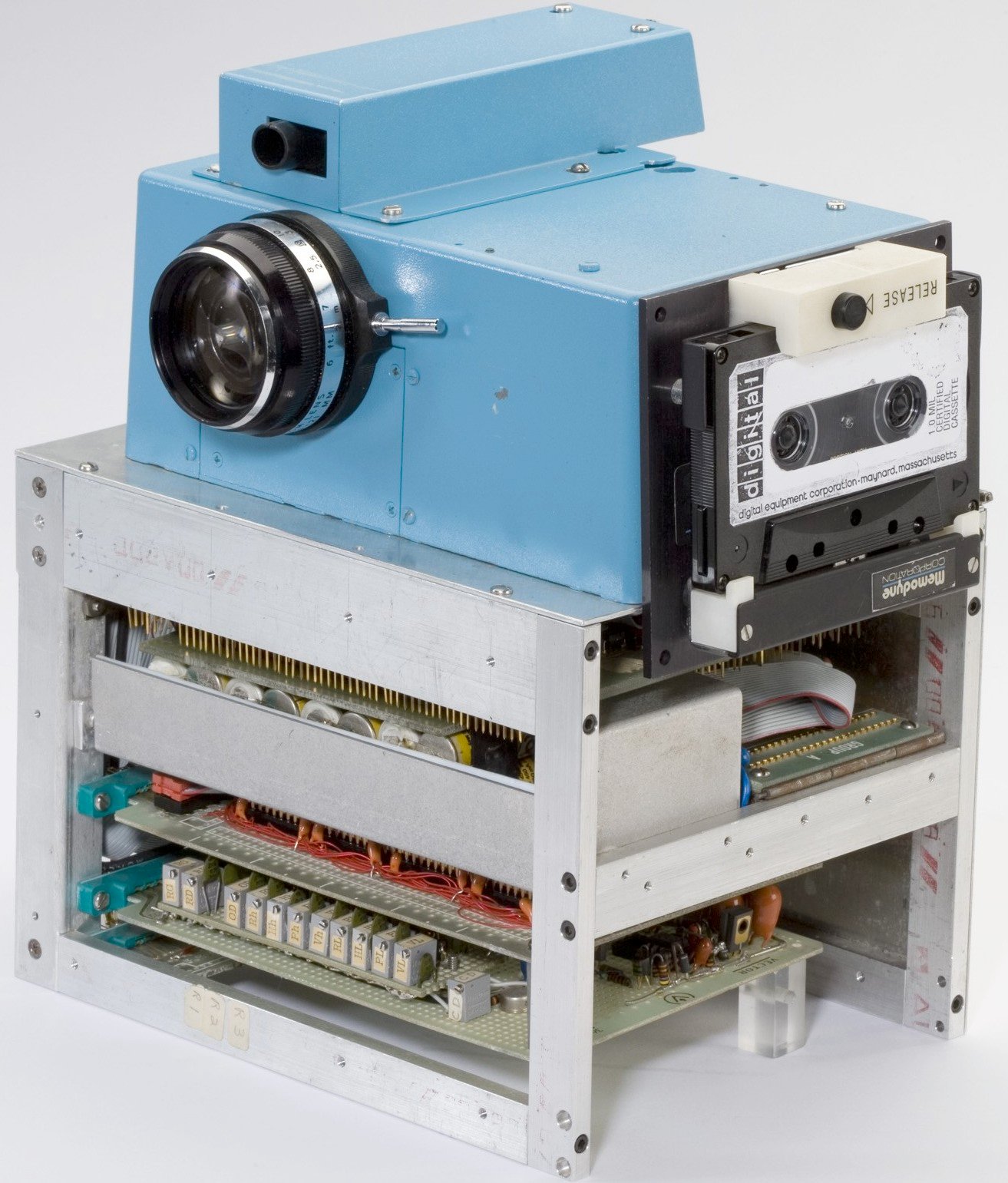A Journey Through Time: The Invention of Cameras and their Impact on Society
Photography has become an integral part of our lives, enabling us to capture memories, tell stories, and communicate visually in ways that were once unimaginable. The invention of cameras has revolutionized the way we perceive the world, and as technology has advanced, so too has the ease and accessibility of photography. In this blog post, we will explore the fascinating history of cameras, delving into their origins and discussing how they have evolved over time.
When Was Photography Invented?
The Beginnings of Camera Technology: The Camera Obscura
The history of cameras can be traced back to the ancient concept of the camera obscura. This natural optical phenomenon, first documented by Chinese philosopher Mozi in the 5th century BCE, occurs when light passes through a small hole, projecting an inverted image of the outside world onto a surface in a darkened room. Though it wasn’t a camera in the modern sense, the camera obscura laid the foundation for the development of photographic technology.

Who Invented The Camera?
Heliography: The First Known Photograph
In 1822, French inventor Nicéphore Niépce took the first known photograph using a process called heliography. He coated a pewter plate with Bitumen, which hardened upon exposure to sunlight. The plate was then washed with a solvent, revealing a permanent image. Though heliography was a significant breakthrough, the process was slow and cumbersome, taking hours or even days to capture an image. Here is a picture of that first photograph as it exists today:

The Daguerreotype and Calotype: A New Era of Photography
In 1839, French artist and chemist Louis Daguerre introduced the daguerreotype, the first practical photographic process. Daguerreotypes used silver-coated copper plates, which were exposed to iodine vapours, light, and then mercury fumes to create a lasting image. Around the same time, William Henry Fox Talbot, an English inventor, introduced the calotype process, which used paper coated with silver iodide to produce a negative image. This marked the beginning of the negative-positive process, allowing for multiple prints to be made from a single negative.

Mass Accessibility: The Kodak Box Camera
The introduction of the Kodak Box Camera in 1888 by George Eastman, the founder of Eastman Kodak Company, marked a turning point in the history of cameras. This camera used a roll of flexible film and was the first mass-produced camera, making photography accessible to the general public.

Digital Revolution: From Film to Pixels
The first digital camera was invented in 1975 by Steven Sasson, an engineer at Eastman Kodak. Using a CCD sensor, it captured images electronically rather than on film. With the introduction of consumer digital cameras in the early 1990s, digital photography gradually overtook film as the dominant format.

The Smartphone Era: A Camera In Your Pocket
The advent of camera phones in the early 2000s marked another significant milestone in the history of cameras. The first camera phone, the Sharp J-SH04, was introduced in Japan in 2000. Today, smartphones have become ubiquitous, and their built-in cameras have grown increasingly sophisticated, enabling us to capture high-quality images and instantly share them with the world.

Conclusion
The invention of cameras has had a profound impact on society, forever changing the way we document our lives and the world around us. From the early days of the camera obscura and heliography to the digital revolution and the ubiquity of smartphone cameras, each milestone in the history of cameras has pushed the boundaries of photographic technology. It’s amazing to look back upon these milestones and consider just how far we’ve come technologically in such a short period of time. From a wet darkroom process that took days, to a smartphone in your pocket in under 100 years, the future of camera technology is certainly an exciting one.
The Invention Of Cameras Frequently Asked Questions (FAQ)
When was photography invented?
Photography was invented in the early 19th century. The first successful photograph was taken by a French inventor named Joseph Nicéphore Niépce in 1826 or 1827, using a process called heliography.
Who is the inventor of the modern photographic process?
Louis Daguerre is considered the inventor of the modern photographic process. In 1839, he introduced the daguerreotype process, which produced a more detailed and faster image than Niépce’s heliography.
Who created the first colour photograph?
The first colour photograph was created by Scottish physicist James Clerk Maxwell in 1861. He took three separate photographs through red, green, and blue filters, then combined them to produce a single colour image.
When was the first handheld camera introduced?
The first handheld camera, the Kodak, was introduced by George Eastman in 1888. This easy-to-use camera came pre-loaded with film and popularized photography among the general public.
What is the significance of the 35mm film format?
The 35mm film format, introduced by Oskar Barnack in 1913, revolutionized photography by making cameras more compact and portable. This format became the standard for both still photography and motion pictures, making it easier for amateur photographers and filmmakers to create high-quality images.
How did digital photography develop?
Digital photography began to take shape in the 1960s and 1970s with the development of charge-coupled devices (CCDs) and digital image sensors. The first commercial digital camera, the Kodak DCS 100, was introduced in 1991. Digital photography quickly gained popularity due to its convenience, flexibility, and ability to share images instantly.
